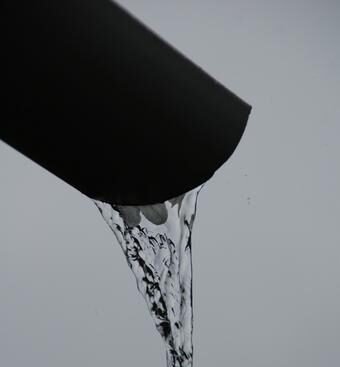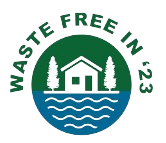Recycling PVC plastics by Shredding and Mixing it into Concrete: A Sustainable Solution

Table of Contents
Polyvinyl chloride (PVC) is a widely used plastic material found in everything from pipes and building materials to clothing and toys. While PVC offers many benefits, such as durability and affordability, its disposal creates a significant environmental challenge. Landfills are overflowing with PVC waste, and incineration releases harmful toxins into the air.
Fortunately, there’s a new approach to PVC waste management that benefits both the environment and the construction industry: shredding PVC and incorporating it into concrete.
How Shredded PVC Can Improve Concrete
Including shredded PVC in concrete offers several advantages:
- Lighter Concrete: PVC is lighter than traditional aggregates, resulting in lighter concrete. This is beneficial for applications where weight reduction is crucial, such as building prefabricated structures or reducing stress on load-bearing walls.
- Improved Workability: Studies have shown that shredded PVC can improve the workability of concrete, making it easier to pour and mold. This translates to faster construction times and potentially lower labor costs.
- Reduced Environmental Impact: Recycling PVC waste into concrete reduces the need for virgin materials and lowers the environmental impact of construction projects. It also helps divert PVC waste from landfills.
Applications for Shredded PVC Concrete
Shredded PVC concrete is not suitable for all applications. Due to the potential decrease in compressive strength, it shouldn’t be used in structural components that require high load-bearing capacity. However, shredded PVC concrete is an excellent choice for several non-structural applications, including:
- Paving Stones: Driveways, walkways, and patios are ideal applications for PVC concrete pavers. The lighter weight and improved workability make them easier to install.
- Curbs and Gutters: Shredded PVC concrete can be used for curbs and gutters due to its durability and all-weather performance.
- Interior Non-Load Bearing Walls: Interior walls that are not designed for structural support can be constructed with shredded PVC concrete.
- Landscaping Features: Applications like flower beds, retaining walls, and garden sheds can all benefit from the use of lightweight and eco-friendly shredded PVC concrete.


How to Recycle PVC with Concrete
Here’s a general overview of the process for recycling PVC into concrete:
- Collection and Segregation: PVC waste needs to be collected and segregated from other types of plastic. It’s important to remove any contaminants like dirt, paint, or metal attachments.
- Shredding: The collected PVC waste is then shredded into small, uniformly sized pieces. The ideal size will depend on the specific application but typically ranges from a few millimeters to a centimeter.
- Mixing with Concrete Mix: The shredded PVC is then added to the concrete mix at a specific ratio. Studies have shown that a replacement level of up to 20% by weight of fine aggregate with shredded PVC can be beneficial. It’s important to consult with a concrete specialist to determine the optimal ratio for your project.
- Casting and Curing: Once the shredded PVC is incorporated evenly throughout the concrete mix, it can be poured into molds and cured following standard concrete curing procedures.
Important Note
It’s crucial to remember that shredding PVC can release harmful fumes. This process should only be undertaken in a well-ventilated environment with proper personal protective equipment (PPE) worn, including gloves, safety glasses, and a respirator.
By following these steps and using shredded PVC concrete in appropriate applications, we can contribute to a more sustainable future for our environment and the construction industry.
